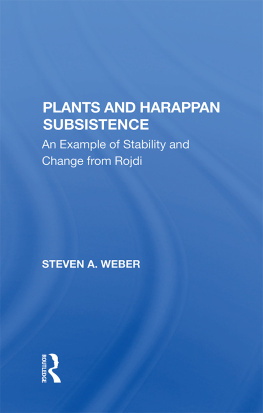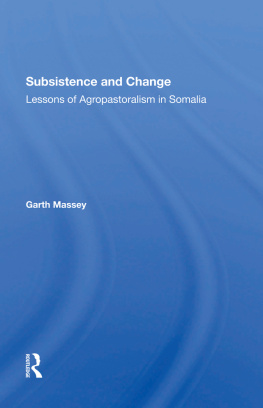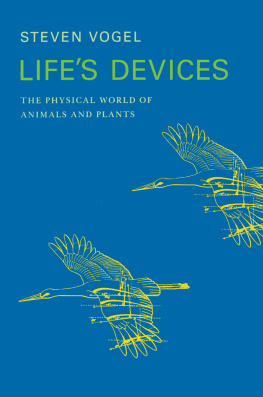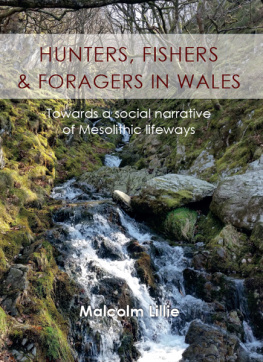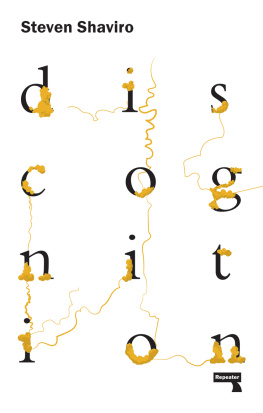First published 1991 by Westview Press
Published 2019 by Routledge
52 Vanderbilt Avenue, New York, NY 10017
2 Park Square, Milton Park, Abingdon, Oxon OX14 4RN
Routledge is an imprint of the Taylor & Francis Group, an informa business
1991 American Institute of Indian Studies
All rights reserved. No part of this book may be reprinted or reproduced or utilised in any form or by any electronic, mechanical, or other means, now known or hereafter invented, including photocopying and recording, or in any information storage or retrieval system, without permission in writing from the publishers.
Notice:
Product or corporate names may be trademarks or registered trademarks, and are used only for identification and explanation without intent to infringe.
Library of Congress Cataloging-in-Publication Data
Weber, Steven A.
Plants and Harappan subsistence: an example of stability and
change from Rojdi / Steven A. Weber.
p. cm.
Includes bibliographical references
ISBN 0-8133-1379-1
1. Rodji Site (India). 2. Indus civilization. 3. Plant remains
(Archaeology)India. I. Title.
DS486. R63W43 1991
934dc20 91-26608
CIP
ISBN 13: 978-0-367-28305-6 (hbk)
Of the many individuals who have aided in all phases of my research, I am most indebted to my wife Clare, who not only made valuable suggestions and helped in the typing and editing of the manuscript, but whose support, encouragement, wisdom, patience and love were evident throughout all stages of the work. I will also be forever grateful to my parents, Paul and Shirley Weber, who have consistently supported and encouraged me while I have carried out my studies.
This book is adapted from a dissertation written at the University of Pennsylvania. My doctoral studies were supervised by Dr. Gregory L. Possehl, who introduced me to India, and gave me the opportunity to work on the Rojdi Project. His guidance and assistance have been invaluable. I am also indebted to Dr. Clark Erickson for his insightful comments on drafts of the original dissertation, and to Dr. Naomi Miller for talking with me about my ideas on many occasions prior to, and at the time of writing.
My research has benefited from the comments and advice of several colleagues. Numerous discussions with Charles Frank Herman were instrumental in the development of my understanding of Rojdi. Dr. Paul Rissman, with whom I excavated at Rojdi, shared many ideas with me. I am grateful to Dr. D.P. Agrawal and Dr. M. Rafique Mughal, guest scholars at the University of Pennsylvania when I was writing this work, for their interest and valuable suggestions.
Dr. Gail Wagner's fine work in setting up the flotation system at Rojdi and initiating the archeobotanical portion of the investigations provided a strong basis for my own. I have benefited from the expertise of Dr. Vishnu-Mittre, who worked with me in the field as an archaeobotanist. He invested considerable time and effort in the collection of modem plant material for comparative purposes, and spent countless hours sharing his considerable knowledge of South Asian paleobotany with me and verifying my identifications. His hospitality and friendship have been unfailing.
Several individuals and institutions assisted me in the interpretation of my data. Dr. M.D. Kajale of Deccan College Postgraduate and Research Institute in Pune, and Dr. Lorenzo Costantini, Director of Centro Scavi E Ricerche Archaeologie in Rome gave me advice and assistance thatwere most valuable for the completion of my analysis. Dr. K.S. Sara swat, of the Birbal Sahni Institute of Paleobotany, Lucknow, contributed stimulating discussions of archeobotany in the subcontinent. Dr. J.K. Maheshwari, Deputy Director of the National Botanical Research Institute in Lucknow and Dr. S.D. Sabnis. Professor of Botany at M.S. University of Baroda, were gracious an d generous hosts, from whom I learntmuch about Indian ethnobotany. I am alsograteful to the faculty of Saurashtra University in Rajkot for their help and hospitality.
Among the members of the Gujarat Department of Archaeology, in association with which the site was excavated, special thanks go to Mr. Y.M. Chitalwala, and Mr. M.H. Rawal, Director of the Department and Co-director of the excavation at Rojdi. For the care and skill with which material from Rojdi was excavated and floated, credit must go to the entire Rojdi team and laborers from the village of Sri Nathgadh.
I would like to thank the Archaeological Survey of India, which gave permission to work at Rojdi. Funding for the excavation and for my project came from the Smithsonian Foreign Currency Program and the Anthropology Section of the National Science Foundation. The American Institute of Indian Studies, which oversaw the allocation of funds, provided substantial logistical and administrative support. I am especially indebted to Dr. P.R. Mehendiratta, Director of the American Institute of Indian Studies, whose efforts helped to ensure the success of my research in India.
Among the many friends and hosts at various times during my work, I wish to thank especially the staff and scholars of the Centre for Human Sciences (previously Mission Archeologique de France en Inde) in the Cultural Section of the French Embassy. To other friends and family members, I owe a special debt These people provided the stimulation, humor and perspective that sustained me throughout the years of research and writing, making it both worthwhile, and a genuine pleasure.
STEVEN A. WEBER
The University Museum
University of Pennsylvania
1991
Chapter 1
Introduction
The principal aim of this research project was to interpret the archeobotanical remains at the site of Rojdi, in northwest India, with reference to diet and environment and within a socio-economic framework. By regarding human-plant interactions as essentially responses to both social and natural opportunities and constraints, we can approach a number of specific issues concerning Rojdi, the wider region of Gujarat, and ultimately the Indus Civilization as a whole.
Paleoethnobotanical research in South Asian archeological sites has hi general been limited to noting the presence of archeobotanical remains at particular time periods. As a consequence, little is known about how the distribution of plant remains changes through time at a particular site, or through the phases of evolution of Harappan culture as a whole (Vishnu-Mittre and Savithri 1982). No more than 80 sites in all of South Asia dating to earlier than 1000 B.C. have yielded plant remains of some form. Few of these sites contained more than a single taxon or represented more than an accidental find. Although the limited data base has hampered our ability to infer the occurrence and change of plant-use patterns, it has by no means impeded the construction of theories or models which attempt to explain Harappan subsistence. It is important to assess the status of our knowledge periodically, and examine critically the theories that have been developed which use this information. The most useful way in which to do this is to collect new data, most importantly data which includes differing portions of plant material at various levels of occupation within South Asian sites.
The collection of this data must commence at the level of the single site. A single site is an easily defined unit of analysis that is free of the ambiguities that presently plague our definitions of the Harappan Civilization and its various subregions. The single site that is the focus of this book is that of Rojdi, which, while being located in a peripheral region of the Harappan Civilization, namely Gujarat, has artifactual material which associates it with the 'Harappan Cultural Tradition'. Since it was occupied from the middle of the third millennium B.C. to the beginning of the second millennium B.C., which coincides with a critical period of transition from the Mature Harappan Phase to the Late Harappan Phase, an in-depth analysis of the Rojdi subsistence system should add to our knowledge not only of this site, but also of this region of Gujarat, and perhaps of the Harappan Tradition in general.


